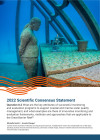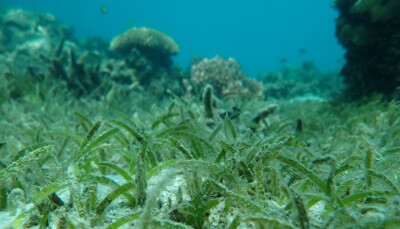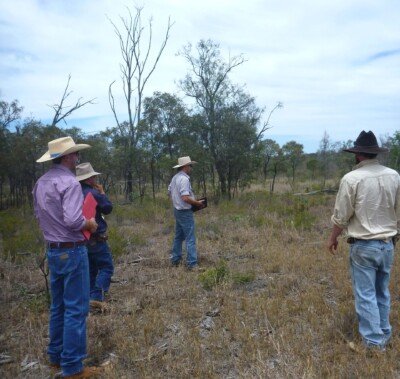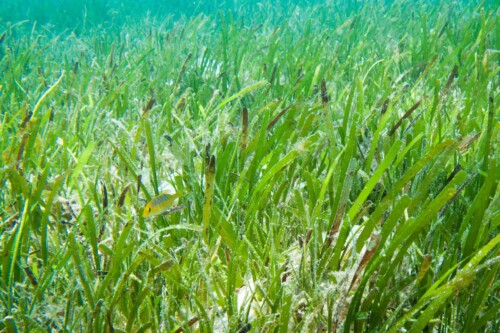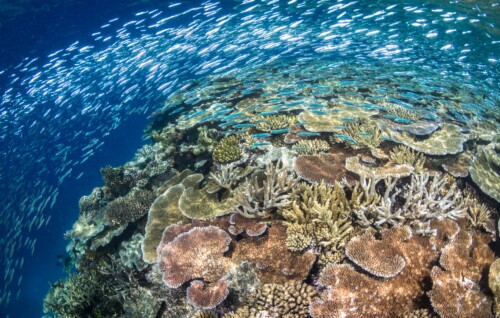Human dimensions of water quality improvement and emerging science

What are the key attributes of successful monitoring and evaluation programs to support coastal and marine water quality management, and what examples are there of innovative monitoring and evaluation frameworks, methods and approaches that are applicable to the Great Barrier Reef? [Q8.2]
Authors: Michelle Devlin1,2, Amelia Wenger3
Affiliations: 1Centre for Environment, Fisheries and Aquaculture Science, 2Collaborative Centre for Sustainable Use of the Seas (CCSUS), School of Environmental Sciences, University of East Anglia, 3School of Earth and Environmental Sciences, The University of Queensland
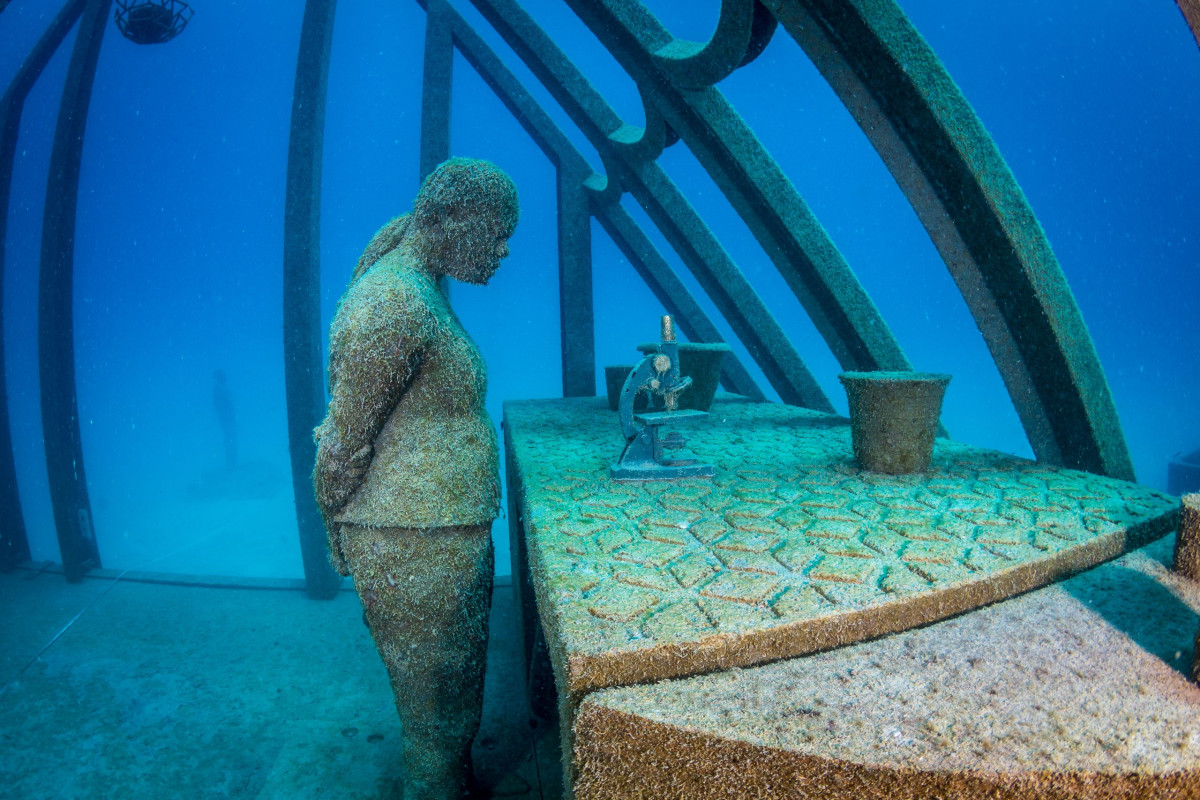
Evidence Statement
The synthesis of the evidence for Question 8.2 was based on 244 studies, undertaken in multiple locations and published between 1997 and 2023. The synthesis includes a High diversity of study types relating to monitoring and evaluation approaches (48% reviews, 32% observational, 15% experimental and 5% modelling) and has a Moderate confidence rating (based on Moderate consistency and High overall relevance of studies).
Summary of findings relevant to policy or management action
Monitoring and evaluation of projects and programs of management actions to improve coastal and marine water quality is essential to assess environmental, social and management change, track progress towards program objectives and targets, and inform and improve current and future decision making. Monitoring is a critical element that involves the collection of data and information before, during and after implementation. Successful evaluation involves the systematic assessment of a project or program’s design, its implementation, and outcomes to determine whether original objectives were achieved, identify lessons learned, deliver learning and demonstrate accountability. Across the studies included in this review, success was associated with the inclusion of holistic monitoring and evaluation approaches across multiple values, beneficiaries, and disciplines. Coastal and marine water quality monitoring and evaluation programs that have successfully driven positive change from management include those that adopt the system drivers, pressures, state, impact and responses (typically shortened to DPSIR) framework, recognise ecosystem services and marine natural capital, adopt multi-disciplinary frameworks and report on the interactions between environmental and human health, and support connections to people through the use of citizen science. The Reef 2050 Integrated Monitoring and Reporting Program and the Paddock to Reef Integrated Monitoring Modelling and Reporting programs are among the most comprehensive and integrated catchment to reef monitoring programs in the world. These programs recognise the links between drivers, pressures and state through the reporting of environmental, social and economic indicators. They also attempt to merge the complexities of the pressure-state response in user-friendly visual portals and report card formats, although the connections between environment and people, health and citizen science are not explored in great detail. Potential improvements drawn from the global evidence base include greater recognition and quantification of complex social, cultural, economic and environmental values and their interconnections, strengthening of multi-disciplinary frameworks to link to human health, and greater community engagement including direct participation in monitoring programs. A holistic ecosystem approach to Great Barrier Reef water quality management in the context of other major drivers such as climate change could also help to enhance the value of existing monitoring and evaluation programs.
Supporting points
- Successful monitoring and evaluation approaches were identified in this review from programs around the world that consider concurrent measures and indicators related to environment, economics and society. The primary integrated coastal and marine water quality monitoring and evaluation programs in the Great Barrier Reef are the Reef 2050 Integrated Monitoring and Reporting Program, the Paddock to Reef Integrated Monitoring Modelling and Reporting program and the monitoring and reporting conducted as part of the regional report card partnerships.
- Incorporation of natural capital into monitoring programs has been a successful way to bring together the system linkages between ecology, goods and services, and benefits to human wellbeing. Integrated approaches like the cross-sectoral and transdisciplinary One Health monitoring and evaluation framework, that emphasises the interconnections between the health of humans and ecosystems, are highly applicable to the Great Barrier Reef as a potential monitoring and evaluation approach. These holistic approaches also recognise the benefits of projects and programs that are relevant to a range of end-users.
- Monitoring and evaluation programs that contribute to positive changes through management actions include those that engage and represent the values of a diverse range of stakeholders that are impacted by the decision making. This is particularly true for local and regional stakeholders but can also extend to international partnerships, large conservation agencies and international frameworks.
- Greater engagement of the community in data collection, but also in evaluation and decision making, would enhance monitoring and evaluation programs for the Great Barrier Reef and potentially lead to greater acceptance and support of changed management arrangements.
- Measures of success across different scales (relevant to different audiences) from policy to community and multiple stakeholders are important and may deliver a more robust understanding of project and program outcomes.
